Clinical Corner
QWhat are the phases of a clinical trial?
Medically reviewed on 11.1.2022 by Mark Lebwohl, MD
Clinical trials are a formal way to study if a therapy or device (or combination thereof) works for a particular condition or disease and is safe for use in humans. In order for the FDA award approval, all new treatments must undergo a clinical trial which can take years to complete. Clinical trials answer important questions: does this therapy work in humans, is it safe to use in humans, is it better than the current standard therapy?
Pre-clinical studies include cell studies (how a therapy works on cells [like cancer cells or animal cells] that are grown in a lab dish or test tube, and may include animal studies which may provide safety information on a therapy in a live subject.
The phases of a trial are usually I through IV, however, there is such thing as phase 0. Phase 0, while not often used, will use only a few small doses in very few humans (often less than 15). This phase may determine whether a drug acts in the human body, if it reaches tumor cells, and how human cancer cells in the body respond to the therapy. Phase 0 studies are NOT a required phase for tesing a new drug.
Phase I studies, if a Phase 0 is not conducted, is the first time that the testing will involve human subjects. While small doses are used at first, slowly escalating doses will then be used. Phase I answers the question of what the drug does to the body, and what does the body do with the drug. The main concern in this phase is SAFETY and watching for severe side effects. This phase carries the most risk.
Phase II will happen if a new treatment is considered to be safe after Phase I, and is more concerned with finding the correct dose or use of a therapy that will impact the condition or disease being studied. Placebo is not used in this phase.
Phase III answers the question: Is this new therapy better (effective and safe) than what is already considered the standard of therapy for this particular condition or disease? Most phase III trials will involve hundreds, if not thousands, of patients. There are multiple study sites around the nation and often internationally also. The subjects are randomized to a treatment group and others are assigned to the placebo group, however, the placebo group is very often moved into the treatment group after a set period of time. When comparing the standard of therapy, this group is called the ‘active comparator group.’ It is at the end of this phase that pharmaceutical companies will seek FDA approval.
Phase IV answers the question: What more do we need to know about the therapy now that it is approved and available for public use, including safety, effectiveness, and may include what happens to the condition if a subject is taken off therapy? It may answer other questions regarding quality of life, and cost effectiveness of the therapy, and what is the optimal use for the therapy.
References:
- NIH. Nia.nih.gov/health/what-are-clinical-trials-and-studies. Why do researchers do different kinds of clinical studies? 9 April 2022.
- NIH. Cancer.gov/publications/dictionaries/cancer-terms/def/preclinical-study. 17 Jun 2022.
- CI. Cancer.gov/about-cancer/treatment/clinical-trials/what-are-trials/phases. Phases of clinical Trials – National Cancer Institute. 6 Feb 2022.



